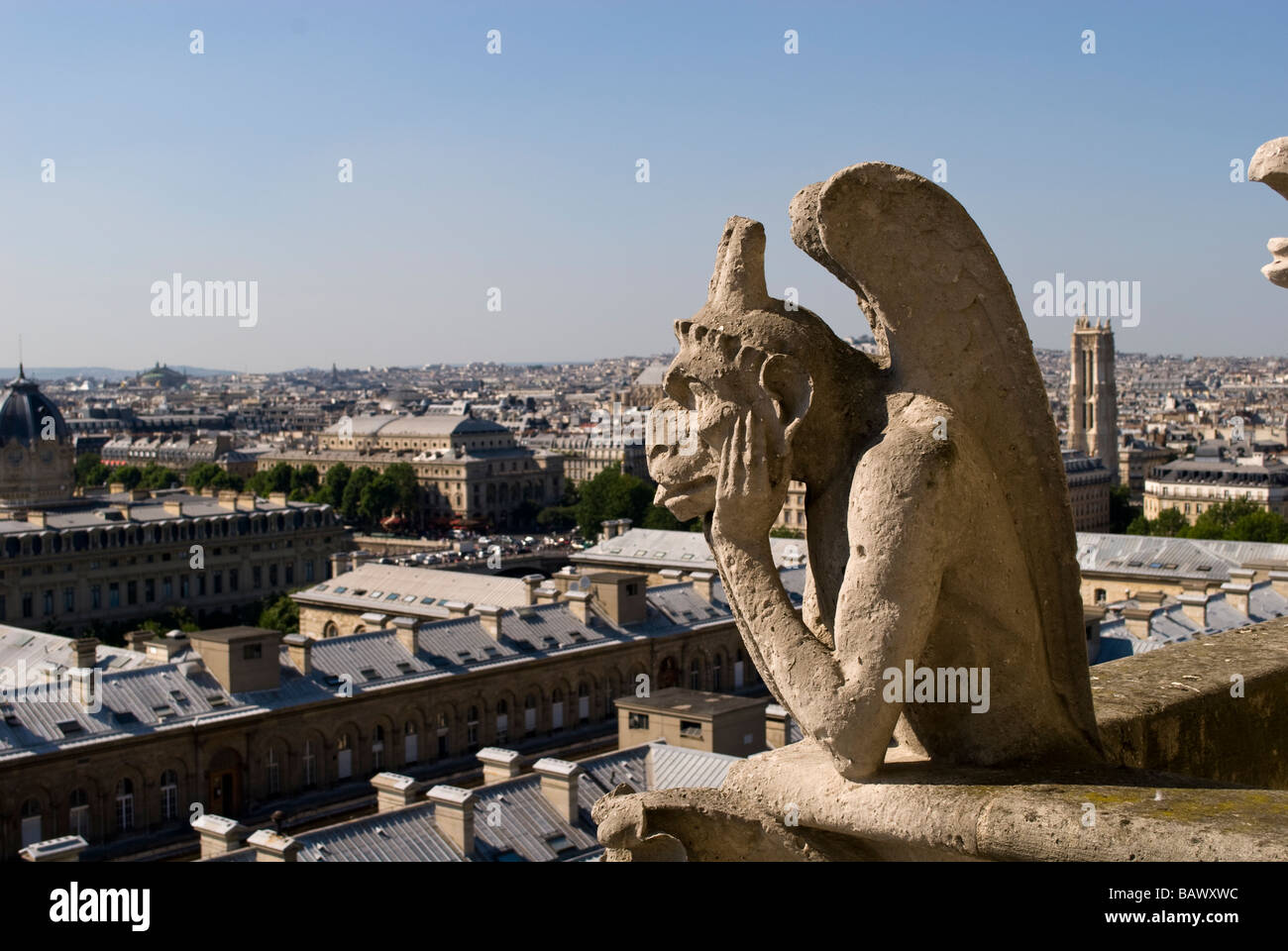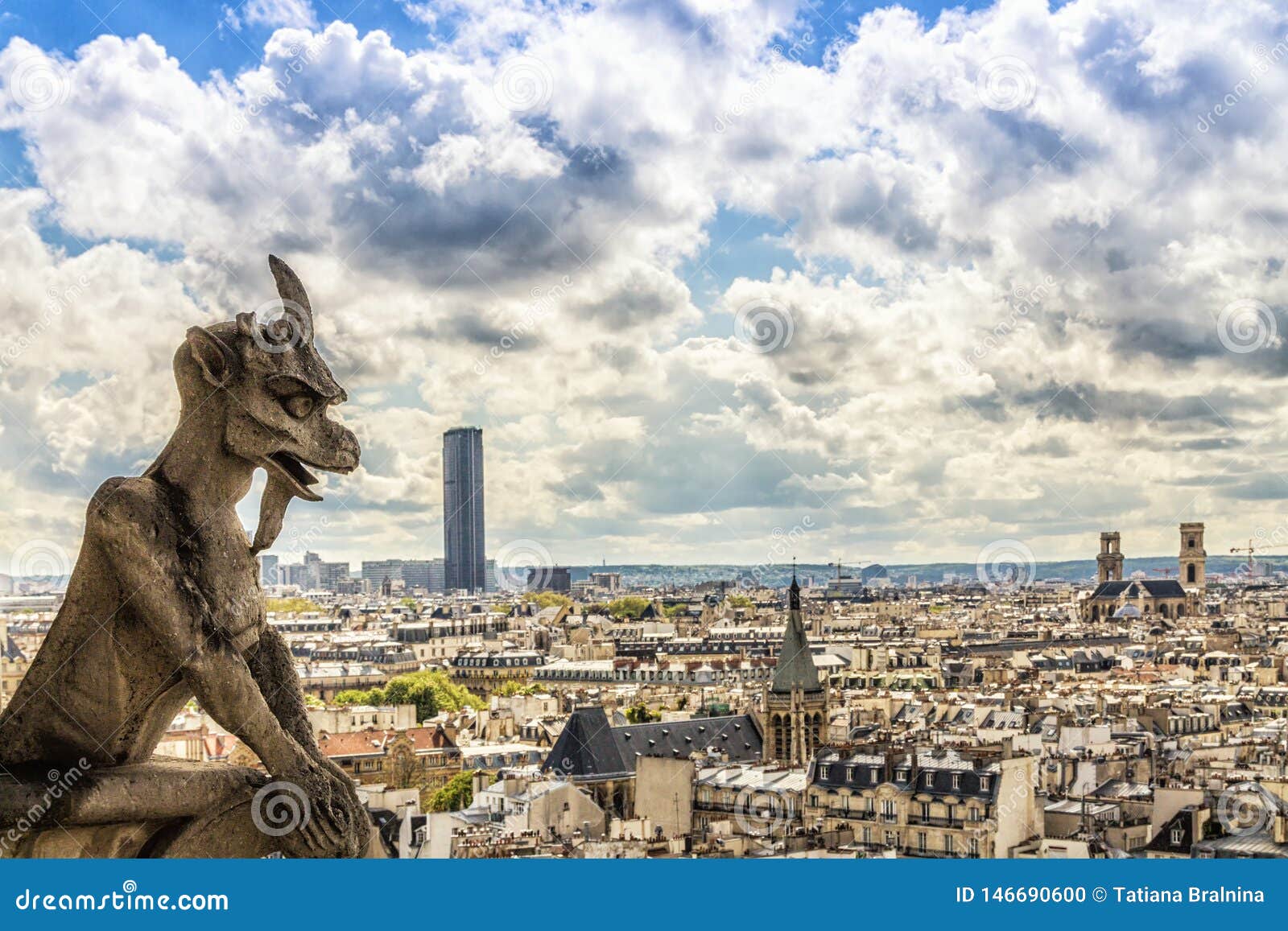

Tracing their eventual evolution into icons of high kitsch, Camille ultimately locates the gargoyles’ place in the twentieth-century imagination, exploring interpretations by everyone from Winslow Homer to the Walt Disney Company. He goes on to map the critical reception and many-layered afterlives of these chimeras, notably in the works of such artists and writers as Charles Méryon, Victor Hugo, and photographer Henri Le Secq. These gargoyles, Camille contends, were not mere avatars of the Middle Ages, but rather fresh creations-symbolizing an imagined past-whose modernity lay precisely in their nostalgia. Michael Camille begins his long-awaited study by recounting architect Eugène Viollet-le-Duc’s ambitious restoration of the structure from 1843 to 1864, when the gargoyles were designed, sculpted by the little-known Victor Pyanet, and installed. The first comprehensive history of these world-famous monsters, The Gargoyles of Notre-Dame argues that they transformed the iconic thirteenth-century cathedral into a modern monument. The reopening of the cathedral to visitors is planned for the end of 2024.Most of the seven million people who visit the cathedral of Notre Dame in Paris each year probably do not realize that the legendary gargoyles adorning this medieval masterpiece were not constructed until the nineteenth century. Restoration started soon after, and it is expected that Viollet-le-Duc’s spire will be rebuilt by the end of 2023.

On March 15, 2019, a catastrophic fire engulfed the Notre Dame Cathedral and destroyed the central spire, the centuries-old wooden roof and much of the interior. The cathedral was restored again between 19, this time the historic architecture was carefully preserved.

Viollet-le-Duc made drastic, controversial modifications to the building and even added a spire. The twenty-year-long restoration was led by a local architect, Eugène Emmanuel Viollet-le-Duc. It wasn’t until the nineteenth century before the Cathedral was fully restored thanks in part to the writer Victor Hugo, who with his book ‘Notre-Dame de Paris’, made the Parisians realize the cathedral was worth restoring.


 0 kommentar(er)
0 kommentar(er)
